 I understand base-collector (current) linear relationship is lost in saturation region and collector current will be lesser than \$ \beta * Ib \$ . Hence,at max, we can call such a region as non-linear region.
I understand base-collector (current) linear relationship is lost in saturation region and collector current will be lesser than \$ \beta * Ib \$ . Hence,at max, we can call such a region as non-linear region.
Saturation literally means something remaining constant and not increasing further (upon variation of another quantity). Which quantity is getting saturated in so called 'saturation region' of BJT ?
